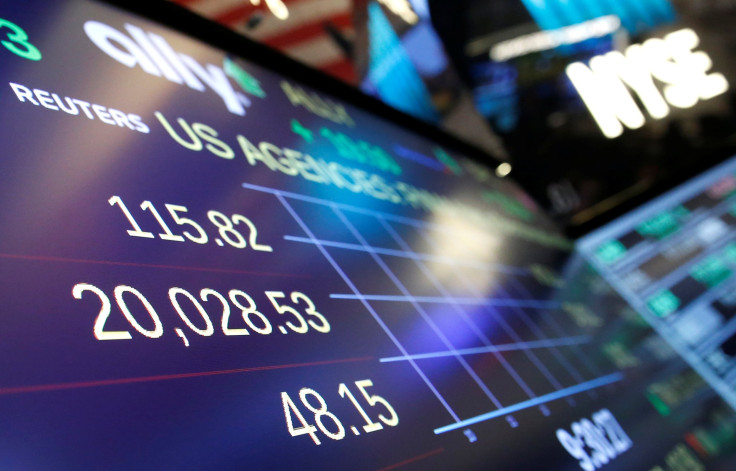How Does Trump Affect The 2017 Stock Market? Kellyanne Conway Attributes Dow Jones 20K To New Executive Actions

Minutes after the Dow Jones Industrial Average (DJI) opened for the first time above the 20,000-point mark, President Donald Trump was quick to point to the stock market indicator’s new record, while his adviser Kellyanne Conway labeled the slight upswing “The Trump Effect.”
Great! #Dow20K https://t.co/wXFhXBLgag
— President Trump 45 Archived (@POTUS45) January 25, 2017
The Trump Effect. https://t.co/wexrLY0ulp
— Kellyanne Conway (@KellyannePolls) January 25, 2017
Conway’s tweet appeared to attribute the rise in the shares of 30 blue-chip stocks to Trump’s legislative work over his first three business days in office.
Between his Friday inauguration and the Wednesday of his first week in office, Trump pulled the U.S. out of a deal to reduce trade barriers with Asian allies, froze grants for Environmental Protection Agency research and cleanups, ordered a simplification of regulatory hurdles for manufacturers, pushed forward the effort to repeal the Affordable Care Act and advanced construction of the Dakota Access Pipeline. As of Wednesday afternoon, he was expected to both temporarily ban refugees from seeking asylum in the U.S. and restrict immigration.
The Dow, however, was expected to hit this milestone in 2017 long before Trump took office.
Back in August, investors told CNBC the Dow would likely hit 20,000 within the next year, while in November, a fund manager told USA Today that “of course it could happen in 2017.” A Wall Street Journal column in December noted that reaching 20,000 in a timely manner was “a question of ‘when,’ not ‘if.’”
Even if the group of stocks slid upwards of 20,000 points a bit sooner than expected, another key indicator of American economic health didn’t fare so well. About two hours after the Dow hit 20K, the value of the dollar, as measured against a basket of currencies, dipped to a seven-week low, forming a peak after five months of general increases. The dollar index had seen excellent performance following Trump’s unexpected election win, likely due to expectations of the $1 trillion stimulus package he promised to deliver while on the campaign trail. His more recent initiatives, however, haven’t been as growth-friendly, experts told Reuters Wednesday.
“Rather than hearing about fiscal stimulus, which I think most people assume is the gateway to higher interest rates and a stronger dollar,” said David Gilmore, a partner at the Essex, Connecticut-based FX Analytics, according to the newswire, “out of the gate from Trump we’ve heard about building a wall and trade protectionism.”
© Copyright IBTimes 2024. All rights reserved.












